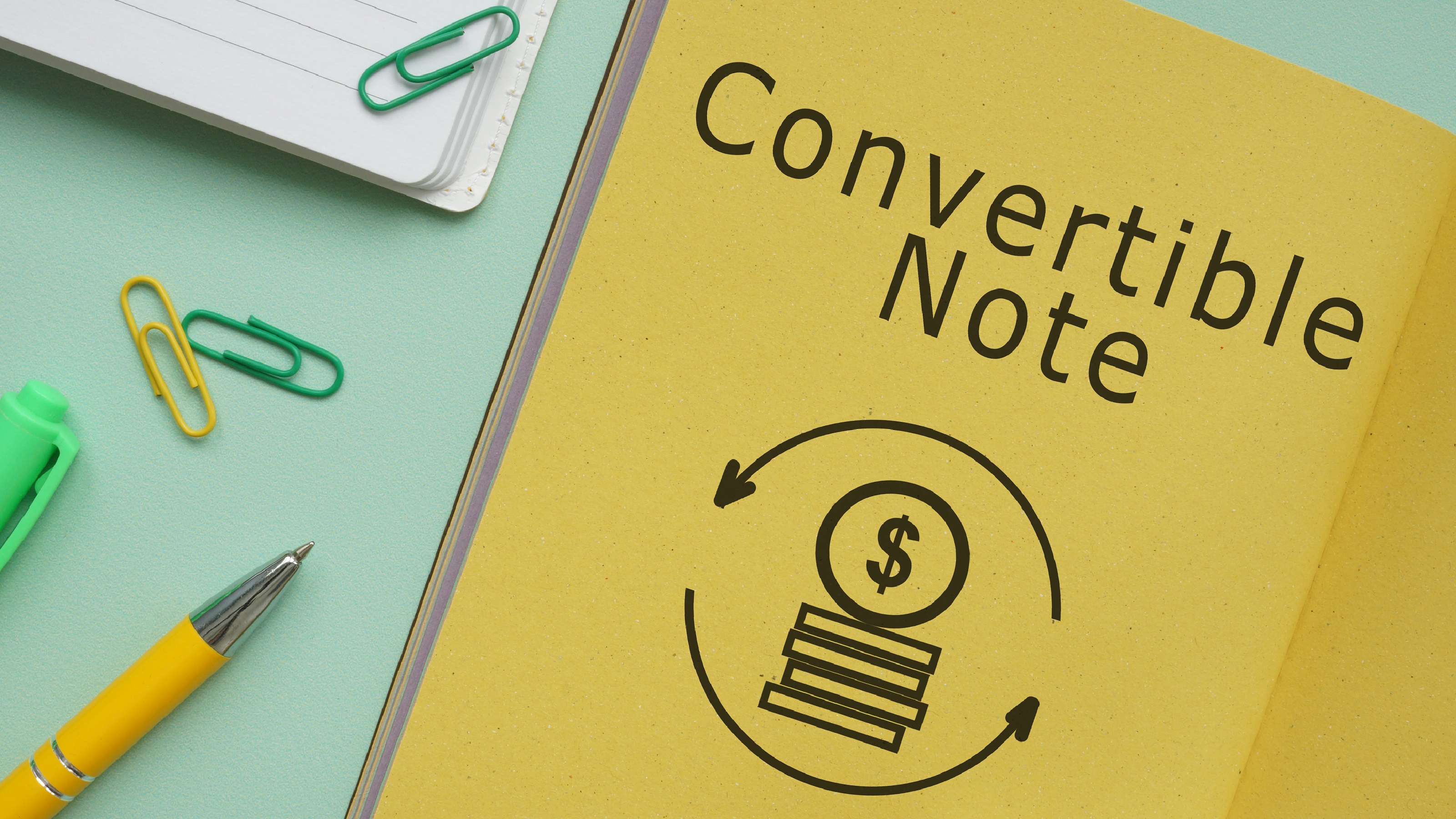Inherited Retirement Plan? How to Easily Understand Payout Rules
Figuring out first which kind of beneficiary you are will make it easier to grasp the rules and timing on required distributions.


With the passage of the SECURE Act, there have been changes in required payouts for beneficiaries on retirement plans and IRAs that have many people in a state of confusion.
The retirement accounts that are affected by these rule changes include 401(k) plans, 403(b) plans, 457(b) plans and traditional IRAs and Roth IRAs. And keep in mind that with all but the Roth, these required payouts will trigger taxes.
Depending on when the original retirement plan owner dies, some of these beneficiaries have to pull the money out in five years, some have to pull the money out in 10 years while taking required minimum distributions (RMDs) for the first nine years, some get to pull the money out in 10 years without RMDs over the first nine years, some get to pull the money out over their life expectancy, and there’s even a beneficiary group that gets to stretch it over their life expectancy until they reach age 21, at which time they have to switch and follow the 10-year rule.

Sign up for Kiplinger’s Free E-Newsletters
Profit and prosper with the best of expert advice on investing, taxes, retirement, personal finance and more - straight to your e-mail.
Profit and prosper with the best of expert advice - straight to your e-mail.
It’s enough to make your head explode. Is there a simple way to organize and understand these rules so the beneficiaries can be prepared to know what rules and what category both they and their loved ones will fall under? The answer is yes.
A simple way to understand the different required retirement plan payouts is to start by dividing retirement plan beneficiaries into three groups:
- Non-designated beneficiaries.
- Non-eligible designated beneficiaries.
- Eligible designated beneficiaries.
Non-designated beneficiaries, or NDBs, are easily identified because they are not people. For example, this could be an estate or a charity or a non-look-through trust.
With NDBs, if the IRA owner or retirement plan participant dies before April 1 of the year after they turn 73, better known as the required beginning date (RBD), the retirement plan proceeds must be withdrawn by the end of the fifth year after death, and there are no annual RMDs during this five-year period.
If the IRA owner or retirement plan participant dies on or after the required beginning date, RMDs must be taken over the deceased original retirement plan owner's life expectancy. This could allow for a much longer post-death payout than five years, which could help minimize taxes.
The next category, non-eligible designated beneficiaries (NEDBs), will represent the largest group of beneficiaries. This group includes adult children who are 21 years of age or older and grandchildren.
With NEDBs, if the original retirement plan owner dies before the required beginning date, there are no annual RMDs, but all the money must be withdrawn by the end of the tenth year after the original owner's death, with taxes applied. This is known as the 10-year rule.
For this same group, if the original owner dies on or after the required beginning date, then there will be annual RMDs based on the beneficiary’s life expectancy that must be taken for years one to nine with the entire account to be emptied by the end of the 10th year after death, with all applicable taxes applying.
The final category of beneficiaries, the eligible designated beneficiaries (EDBs), have the sweetest deal since they are exempt from the 10-year rule, which means they can take their RMDs based on their life expectancy, which will normally result in a much smaller taxable distribution.
The two biggest groups that have this status would be a surviving spouse or a beneficiary not more than 10 years younger than the IRA owner, like a brother or sister. This can also include a beneficiary who’s older than the original IRA owner.
Other groups would include disabled individuals, chronically ill individuals and minor children of the original retirement account owner until they reach age 21, at which time the 10-year countdown would apply.
So that’s it. You can now identify which group you fall under and make sure you take your required retirement plan payouts appropriately to avoid penalties or paying unnecessary tax.
And while you’re at it, consider doing some planning on what you or your heirs can do to maximize the tax efficiency of your future withdrawals.
For example, while the original IRA owner is still alive, he or she might consider doing Roth conversions since the withdrawals would be tax-free for their heirs.
If you’re charitable-minded, consider leaving more of the pre-tax retirement money to a charity (a non-designated beneficiary) since the charity receives the funds tax-free. Then you could leave more of the non-retirement accounts to the heirs, which would trigger far less tax on withdrawals.
And remember: Even if the beneficiary has already inherited the IRA, regardless of which of the three categories they fall into, they can always take out more than the RMD, which if done in years where they fall into a lower tax bracket, can reduce the overall tax impact.
Get Kiplinger Today newsletter — free
Profit and prosper with the best of Kiplinger's advice on investing, taxes, retirement, personal finance and much more. Delivered daily. Enter your email in the box and click Sign Me Up.

-
 Stock Market Today: Trump Retreats, Markets Rejoice
Stock Market Today: Trump Retreats, Markets RejoiceStocks rally, yields soften, the dollar rises, and even beaten-down names enjoy the wages of potential trade peace.
By David Dittman
-
 In Trump’s Economy Should 401(k) Savers 'Set It and Forget It?'
In Trump’s Economy Should 401(k) Savers 'Set It and Forget It?'It’s hard to bury your head in the sand when the markets are volatile. Here’s when it makes sense and when it doesn’t.
By Donna Fuscaldo
-
 Bouncing Back: New Tunes for Millennials Trying to Make It
Bouncing Back: New Tunes for Millennials Trying to Make ItAdele's mournful melodies kick off this generation's financial playlist, but with the right plan, Millennials can finish strong.
By Alvina Lo
-
 Early-Stage Startup Deals: How Do Convertible Notes Work?
Early-Stage Startup Deals: How Do Convertible Notes Work?Some angel investors support early startups by providing a loan in exchange for a convertible note, which includes annual interest and a maturity date.
By Murat Abdrakhmanov
-
 SRI Redefined: Going Beyond Socially Responsible Investing
SRI Redefined: Going Beyond Socially Responsible InvestingNow that climate change has progressed to a changed climate, sustainable investing needs to evolve to address new demands of resilience and innovation.
By Peter Krull, CSRIC®
-
 Here's When a Lack of Credit Card Debt Can Cause You Problems
Here's When a Lack of Credit Card Debt Can Cause You ProblemsUsually, getting a new credit card can be difficult if you have too much card debt, but this bank customer ran into an issue because he had no debt at all.
By H. Dennis Beaver, Esq.
-
 Going to College? How to Navigate the Financial Planning
Going to College? How to Navigate the Financial PlanningCollege decisions this year seem even more complex than usual, including determining whether a school is a 'financial fit.' Here's how to find your way.
By Chris Ebeling
-
 Financial Steps After a Loved One's Alzheimer's Diagnosis
Financial Steps After a Loved One's Alzheimer's DiagnosisIt's important to move fast on legal safeguards, estate planning and more while your loved one still has the capacity to make decisions.
By Thomas C. West, CLU®, ChFC®, AIF®
-
 How Soon Can You Walk Away After Selling Your Business?
How Soon Can You Walk Away After Selling Your Business?You may earn more money from the sale of your business if you stay to help with the transition to new management. The question is, do you need to?
By Evan T. Beach, CFP®, AWMA®
-
 Two Don'ts and Four Dos During Trump's Trade War
Two Don'ts and Four Dos During Trump's Trade WarThe financial rules have changed now that tariffs have disrupted the markets and created economic uncertainty. What can you do? (And what shouldn't you do?)
By Maggie Kulyk, CRPC®, CSRIC™